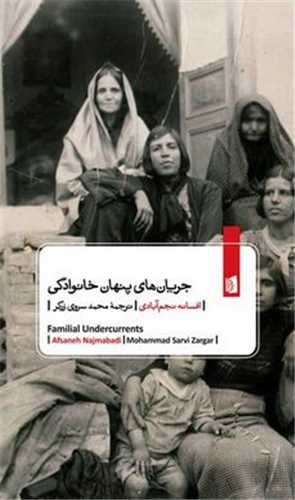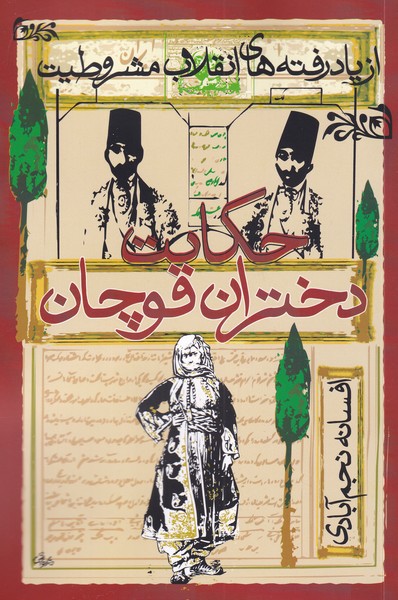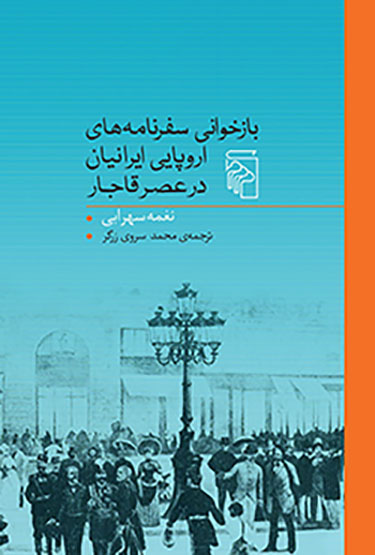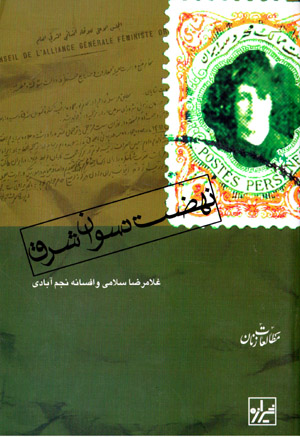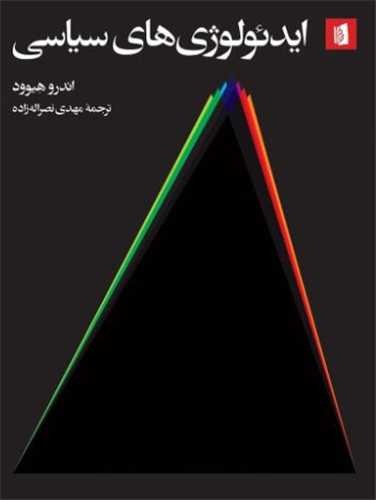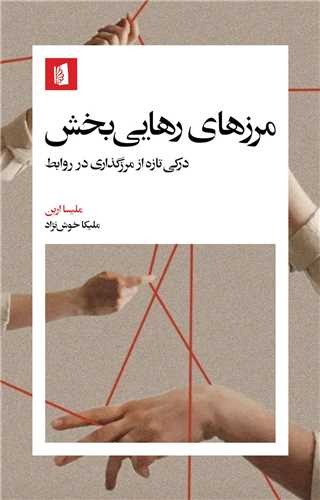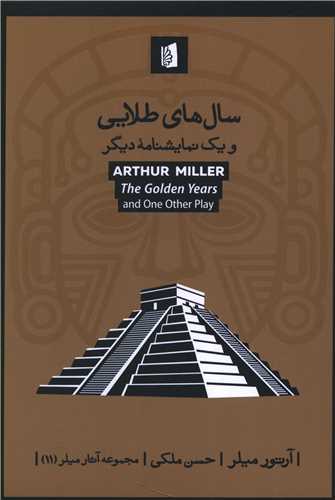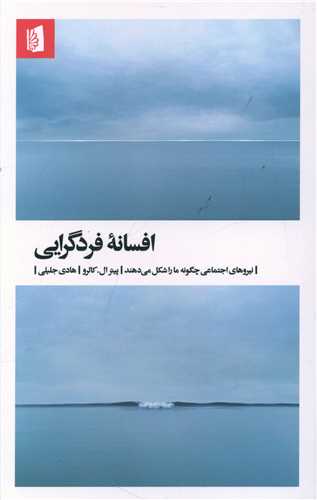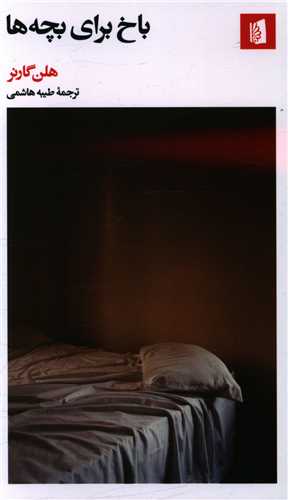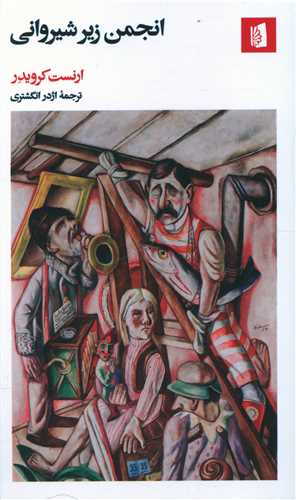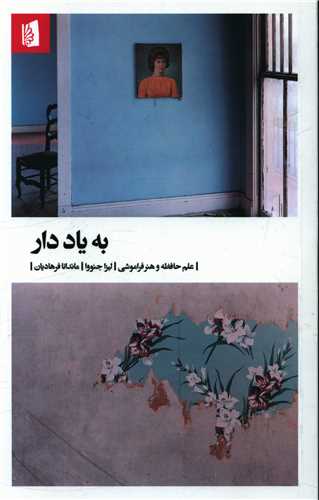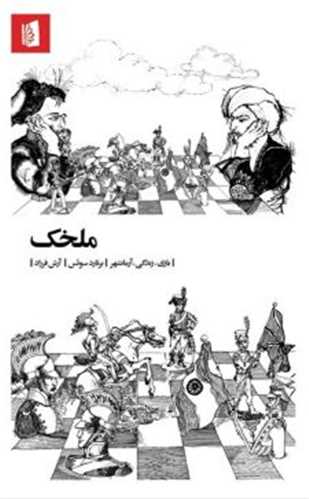جریانهای پنهان خانوادگی: ناگفتههایی از عشق و ازدواج در ایران مدرن الفارسية 1403
Jaryān'hā-yi Pinhān-i Khānivādigi: Nā'guftah'hā-yi az 'Ishq va Izdivāj dar Irān-i Mudirn
15٫75 $
مشاركة
Wishlist
العنوان الأصلي:
Familial undercurrents : untold stories of love and marriage in modern Iran
ISBN رقم:
9786223131103
المترجم:
Muḥammad Sarvī Zargar
الناشر:
Bidgul
الفئة العمرية:
البالغون
الصفحات:
229
الوزن:
200 g
أبعاد المنتج:
14 x 21 x 2 cm
غلاف الكتاب:
غلاف ورقی
Not long after her father died, Afsaneh Najmabadi discovered that her father had a secret second family and that she had a sister she never knew about. In Familial Undercurrents , Najmabadi uncovers her family’s complex experiences of polygamous marriage to tell a larger story of the transformations of notions of love, marriage, and family life in mid-twentieth-century Iran. She traces how the idea of “marrying for love” and the desire for companionate, monogamous marriage acquired dominance in Tehran’s emerging urban middle class. Considering the role played in that process by late nineteenth- and early twentieth-century romance novels, reformist newspapers, plays, and other literature, Najmabadi outlines the rituals and objects---such as wedding outfits, letter writing, and family portraits---that came to characterize the ideal companionate marriage. She reveals how in the course of one generation men’s polygamy had evolved from an acceptable open practice to a taboo best kept secret. At the same time, she chronicles the urban transformations of Tehran and how its architecture and neighborhood social networks both influenced and became emblematic of the myriad forms of modern Iranian family life.
more
افسانه نجمآبادی، مدت کوتاهی پس از درگذشت پدرش، درمییابد که او در خفا برای بار دوم تشکیل خانواده داده و خودش هم خواهری دارد که از وجودش بیخبر بوده است. این اتفاق تبدیل به ایدۀ اصلی کتاب حاضر شده است.
| او در جریانهای پنهان خانوادگی، از رهگذر روایت بیپردۀ ماجرای خانوادهاش، از پیچیدگیهای چندهمسری میگوید تا بدین طریق به بررسی دگرگونیهای عمیق و بنیادین در مضامینی مانند عشق، ازدواج و زندگی خانوادگی در ایران اواسط قرن بیستم بپردازد.
| نجمآبادی نشان میدهد که چگونه ایدۀ «ازدواج از سر عشق» و «تکهمسری» در میان طبقۀ متوسط نوظهورِ شهری در تهران ایدۀ غالب شد. او با بررسی رمانهای عاشقانه، روزنامهها، نمایشنامهها و سایر آثار ادبی و همچنین تاریخنگاری اشیایی مانند لباس عروسی، نامههای عاشقانه و عکسهای خانوادگی و همچنین دگرگونی معماری شهر تهران نشان میدهد که چگونه «تشکیل خانواده با محوریت زنوشوهر» بدل به انگارۀ ازدواج ایدئال میشود. در نتیجه خانوادههای زَناشوهری جای خانوادههای چندنسلی پیشین را میگیرد و طی یک نسل چندهمسری، که رویهای است علنی و مقبول، بدل به تابو میشود و همین است که مردانی همچون پدرش را وامیدارد ازدواج دومشان را از دیگران مخفی نگه دارند.
more

